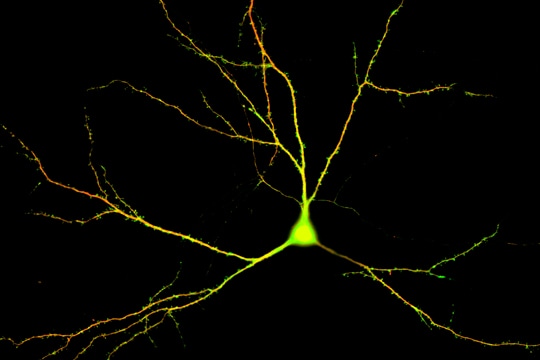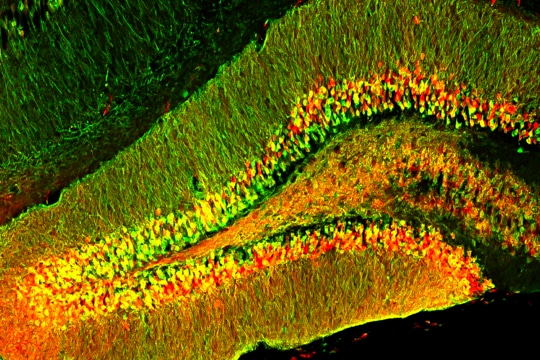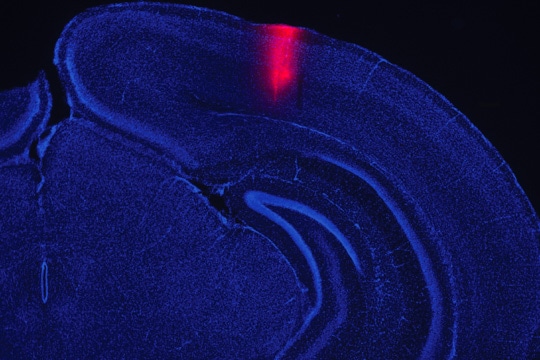Desktop Site Content
Bridging the cleft to induce synapse formation
Mobile Site Content
Bridging the cleft to induce synapse formation
Shared Site Content
Project Details
How do synapses form? Select trans-synaptic interactions are now known to guide synapse development and we have identified and characterized synaptogenic cell adhesion molecules. One of these molecules, the immunoglobulin protein SynCAM 1, is required and sufficient to drive excitatory synapse formation in vivo. We build on this progress and analyze the functions of different synaptogenic adhesion proteins and how they cooperate.
In addition, we map the macromolecular and topological organization of the cleft of synapses using superresolution imaging and EM approaches. Our data support the concept that the synaptic cleft is comprised of structurally and molecularly diverse nanodomains. We are now testing the idea that the cleft is not static as widely assumed but a dynamic compartment, using methodologies including single particle tracking in live neurons. These studies can reveal how the sub-synaptic organization and dynamics of the cleft contribute to synaptic functions.






